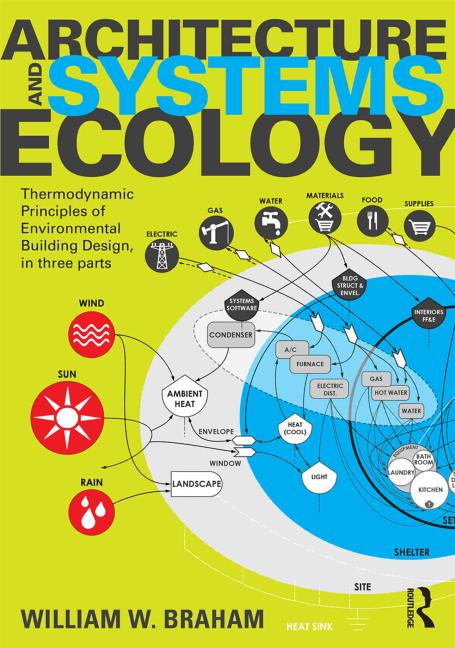Danfoss: Radical Rethinking on Energy Efficiency Needed by Leaders at COP28

This week’s release of the International Energy Agency’s (IEA) Energy Efficiency 2023 report shows that not enough progress is being made on energy efficiency. The report reveals a slowing in global improvements in energy intensity – the IEA’s primary measure of energy efficiency – and, in response, Danfoss President and CEO, Kim Fausing is calling on governments to commit to doubling the rate of energy efficiency improvements by 2030 at COP28 to limit global warming to 1.5C.
Much stronger policy packages of information, regulations and incentives, and a tripling of global investment in energy efficiency and electrification, is vital to double annual improvements in energy efficiency – from 2 percent in 2022 to 4 percent per year on average between now and 2030.
One of the most crucial keys to meeting climate goals will be energy efficiency as it is the single largest measure the world can take to reduce energy demand, says Kim Fausing, President & CEO of Danfoss. He says energy efficiency is, and always should be, the ‘first fuel’ for clean energy transitions.
Kim Fausing, President and CEO of Danfoss, says: “We need to see direct action on energy efficiency from leaders at COP28 if we are to limit global warming to 1.5C. We have virtually no chance of meeting our future energy needs, and certainly no chance of achieving net zero by 2050 if we don’t radically rethink energy efficiency as a key tool to decarbonize society.”
“As the IEA stated in their Energy Efficiency 2023 report, we need much stronger policy packages of information, regulations and incentives, and a tripling of global investment in energy efficiency and electrification, to double annual improvements in energy efficiency – from 2 percent in 2022 to 4 percent per year on average between now and 2030. The Sønderborg Action Plan, developed by the IEA is a great place to start,” adds Kim Fausing. “By doubling the rate of energy efficiency improvements by 2030, we can save the equivalent of all global oil used in road transport today. That’s 40 million barrels of oil per day saved. We have the technology, and it’s the quickest and most cost-effective carbon mitigation option.”
The International Energy Agency (IEA) states that doubling the rate of energy efficiency globally to at least a 4 percent energy intensity improvement each year up to 2030 is needed to put the world on track to reach net zero.
Renewable energy and energy efficiency go hand-in-hand
To move to an energy system based on renewable energy, everything across society, apart from those most hard-to-abate industries, must be electrified. Most renewable energy sources produce electricity, meaning that there is a crucial need to electrify wherever possible to make it possible to use that green electricity.
In fact, by transitioning from a fossil energy system to a fully electrified one, it’s possible to cut up to 40 percent of final energy consumption. This means electrification is itself a form of energy efficiency, as most electric technologies have a lower rate of energy loss than a fossil-driven equivalent. An obvious example is electrical vehicles that convert 77 percent of the electrical energy to the wheels. In comparison, conventional gasoline vehicles convert about 12 percent to 30 percent of the energy stored in gasoline to power the wheels.
Using energy at the right time can save 40 millions tons of CO2 emissions in the EU & UK
Meanwhile, simply using energy at the right time by utilizing demand-side flexibility technology can save 40 million tons of CO2 emissions each year by 2030 in the EU and UK. Additionally, the EU and UK can achieve an annual societal cost savings of $10.5 billion by 2030 and $15.5 billion by 2050. These savings already account for the majority of implementation cost of demand-side flexibility infrastructure and it can be assumed that a similar logic would prevail in other countries around the world.
“Seeing is believing, and, if climate ministers, energy ministers and finance ministers don’t know that we already have most of the solutions we need to double annual improvements in energy efficiency by 2030, I hereby invite them to visit our sites around the world to see the solutions in action.” says Kim Fausing.
Policy recommendations for leaders at COP28
Incentivize energy use during times of plentiful renewable energy with dynamic energy pricing
Peak energy consumption periods must be reduced through demand-side flexibility, that is using energy at the right time when renewable energy is plentiful. It doesn't make sense that energy costs the same regardless of when you use it. Both consumers and industry should be incentivized with dynamic pricing to use electricity when there is an abundance of renewable energy in the grid.
Make a plan for electrification
The potential for electrification goes beyond electric passenger vehicles, and includes many parts of industry, marine transportation, trucks, and construction machinery. To prepare for a future based on renewables we must plan to electrify all aspects of society apart from those very hard-to-abate sectors. Leaders must immediately work on making strategies and realistic timelines for electrification, identify obstacles to electrification, and address them.
Include flexibility solutions in energy policy at all levels
To mediate the relationship between supply and demand of renewable energy and to ensure energy security, the new smart grid must include load-shifting and peak-shaving technologies. Introduce demand-side flexibility guidelines in building and industry regulations guiding consumers to implement flexibility solutions faster. Give both consumers and producers access to consumption data, facilitating active participation and opportunities for system operators to further integrate demand-side flexibility solutions.Looking for a reprint of this article?
From high-res PDFs to custom plaques, order your copy today!






